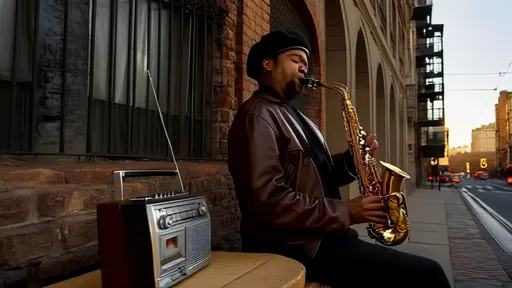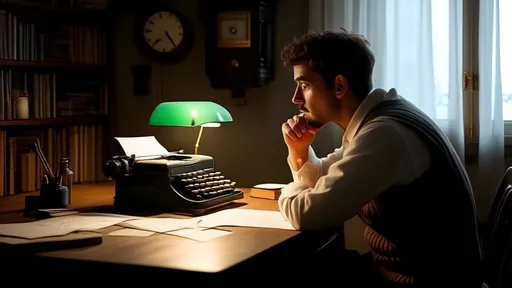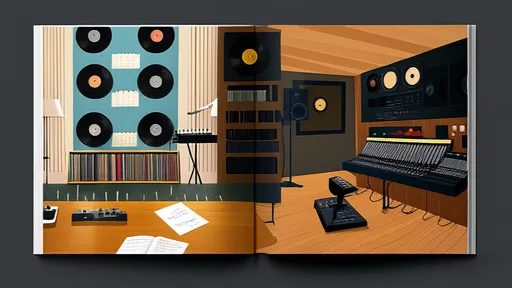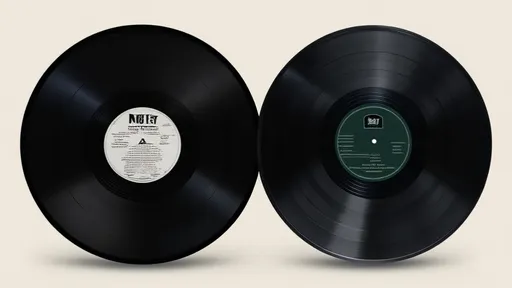Every writer, from the greenest novice to the most decorated laureate, has stared into the abyss of the blank page. That chilling void, where ideas should flow but don't, is what we commonly call writer's block. It’s a universal experience, a formidable foe that seems to laugh in the face of deadlines and creative ambition. Yet, throughout literary history, the masters of the craft have not just faced this foe; they’ve developed bizarre, often hilarious, personal rituals to conquer it. Their methods are less about structured advice from a textbook and more about peculiar, superstitious routines that tricked their minds into a state of flow. These are not mere quirks; they were essential tools, psychological keys that unlocked the doors of perception and productivity.
Consider the great Victor Hugo, the monumental author of Les Misérables and The Hunchback of Notre-Dame. His method for ensuring productivity was one of extreme, almost comical, accountability. Facing a punishing deadline from his publisher for The Hunchback of Notre-Dame, Hugo did something drastic. He instructed his servant to take all of his clothes—every last stitch—and lock them away in a large chest. He was left with only a single, large knitted shawl to wear. Thus, utterly deprived of any presentable attire, he was a prisoner in his own study. The sheer embarrassment of being caught outside or even seen at his window without proper clothing was enough to keep him chained to his desk. There was no option for a leisurely stroll or a distracting social call. The only escape from his woolen confinement was to write his way out. He completed the massive novel weeks ahead of schedule.
Then there was the enigmatic Agatha Christie, the undisputed queen of mystery. Unlike Hugo, her block-busting habit was less about confinement and more about immersion in a different, sensory world. Christie did not write at a grand desk. She didn't even have a dedicated study. Her preferred writing spot was a deep, old-fashioned bathtub. She would lie back in the warm water, armed with a waterproof tablet and a pencil, and meticulously plot the intricate murders and cunning deductions of Hercule Poirot and Miss Marple. She claimed the isolation and tranquility of the bath allowed her mind to wander freely through the twisted corridors of her devious plots. The act of washing, it seems, cleansed the mind of clutter, allowing the pure, dark stream of a good mystery to bubble up from the depths.
The prolific and chaotic Honoré de Balzac had a habit that was less a gentle trick and more a full-scale assault on his own nervous system. His writing marathons were legendary and fueled by a dangerous addiction to caffeine. But it wasn't mere coffee; it was a potent, black sludge of his own creation. He would take finely ground coffee beans and, without brewing them, swallow them dry on an empty stomach. This shocking practice, which he described as creating "horrible palpitations" and sending "sparks of ideas" shooting through his mind, was his rocket fuel. He would work for fifteen, sometimes twenty-four hours at a stretch in a caffeine-induced frenzy, writing masterpiece after masterpiece. It was a horrifyingly effective, if self-destructive, method to blast through any potential barrier of fatigue or lack of inspiration.
In stark contrast to Balzac's chemical warfare, the serene Jane Austen sought her creative spark in the gentle hum of domestic life. Her strange habit was one of concealment and normality. She wrote her sharp, witty social commentaries on small, portable pieces of paper that could be easily hidden under a blotter or a book. The creak of a door—a sign of an approaching visitor—was her signal to swiftly conceal her work and pretend to be engaged in a more "acceptable" feminine pursuit like sewing or letter-writing. This habit of writing in the stolen moments between social obligations meant she was never truly away from her work. The block had no time to set in because her writing was a constant, secret companion, a thread woven seamlessly into the fabric of her daily life.
The playwright Friedrich Schiller, a close friend of Goethe, had a truly olfactory method for summoning the muse. He could not write unless he was surrounded by the pungent, ripening scent of rotten apples. He kept a drawer full of them in his desk, and would often open it to take a deep breath of the fermenting fruit before returning to his work. He claimed this peculiar aroma sharpened his senses and awakened his imagination. To any visitor, his study must have smelled like a compost heap, but for Schiller, it was the perfume of creativity itself, a sensory trigger that told his brain it was time to create.
Perhaps no habit is as viscerally strange as that of the novelist Dan Brown, author of The Da Vinci Code. To combat stagnation and keep the blood—and ideas—flowing, Brown incorporates a very specific health ritual into his writing process. Every single hour, on the hour, without fail, he gets up from his desk and uses an antique hourglass to time a series of rigorous push-ups and sit-ups. He then sometimes stands on his head or uses gravity boots to hang upside down, insisting that the inverted perspective helps him solve plot inversions and narrative problems. This physical jolt resets his mind and body, ensuring that neither becomes sluggish or stuck.
The brilliant but troubled Virginia Woolf exemplifies the habit of creating the perfect environment. For her, the battle against block was won or lost before a single word was written. She required absolute quiet and specific conditions. Her famous "room of one's own" was not just a metaphor; it was a physical necessity. She wrote standing up, using a tall lectern-like desk, believing that the physical posture of standing lent a certain urgency and intensity to her prose. The ritual of arranging the space, of attaining the perfect quiet, and positioning herself at her desk was a lengthy process of mentally preparing the field for a day of creative battle.
Truman Capote, the author of In Cold Blood, claimed to be a "horizontal author." His strange habit was one of supreme comfort and superstition. He could not write a single word unless he was lying down. Whether on a couch, a bed, or even the floor, he needed to be reclining with a cigarette and coffee in hand. He described the process as needing to be "completely comfortable" to tap into the deep, often dark, places his stories came from. Furthermore, he had intense numerological superstitions, believing certain numbers were bad luck. He would never end a manuscript on a page that was a multiple of a number he disliked, forcing himself to add or subtract content to finish on a "safe" page.
The master of the macabre, Edgar Allan Poe, had a writing companion that would horrify most people: his tortoiseshell cat, Catterina. Poe’s habit was to write with the cat perched on his shoulder, her tail often flicking across his face as he dipped his pen into ink. He found her presence calming and a source of inspiration. In the depths of writing his dark tales of grief and madness, the soft, purring weight of the living animal on his shoulder was a grounding force, a tether to the simple, physical world as his mind journeyed into the grotesque and supernatural.
Finally, we have the ritual of Maya Angelou, who fought block by physically removing herself from the comforts and distractions of home. To write, she would rent a sparse, anonymous, and minimally furnished hotel room by the month. She demanded the staff remove all artwork from the walls, leaving a blank, neutral space. She would arrive at 6:30 a.m. with only a Bible, a deck of cards, a bottle of sherry, and her writing materials. In this self-imposed isolation cell, with nothing to look at and nothing to do, the only escape was inward, into the world of her words. It was a habit of radical subtraction, stripping away every possible variable that could lead to procrastination.
What can we learn from these wonderfully weird habits? The common thread is not the specific action—whether it’s hanging upside down or smelling rotten fruit—but the intent behind it. Each ritual was a personalized psychological trigger, a deliberate signal to the subconscious that it was time to transition from the mundane world into the creative realm. They are testaments to the fact that there is no one-size-fits-all solution to creative block. The key is to find your own strange key. It might be a specific scent, a particular chair, a timed exercise, or a locked-away set of clothes. The goal is to build a bridge, however bizarre, over the abyss of the blank page and into the rich, waiting world of your imagination.

By /Aug 22, 2025

By /Aug 22, 2025

By /Aug 22, 2025

By /Aug 22, 2025

By /Aug 22, 2025

By /Aug 22, 2025

By /Aug 22, 2025

By /Aug 22, 2025

By /Aug 22, 2025

By /Aug 22, 2025

By /Aug 22, 2025

By /Aug 22, 2025

By /Aug 22, 2025

By /Aug 22, 2025

By /Aug 22, 2025

By /Aug 22, 2025

By /Aug 22, 2025

By /Aug 22, 2025

By /Aug 22, 2025

By /Aug 22, 2025